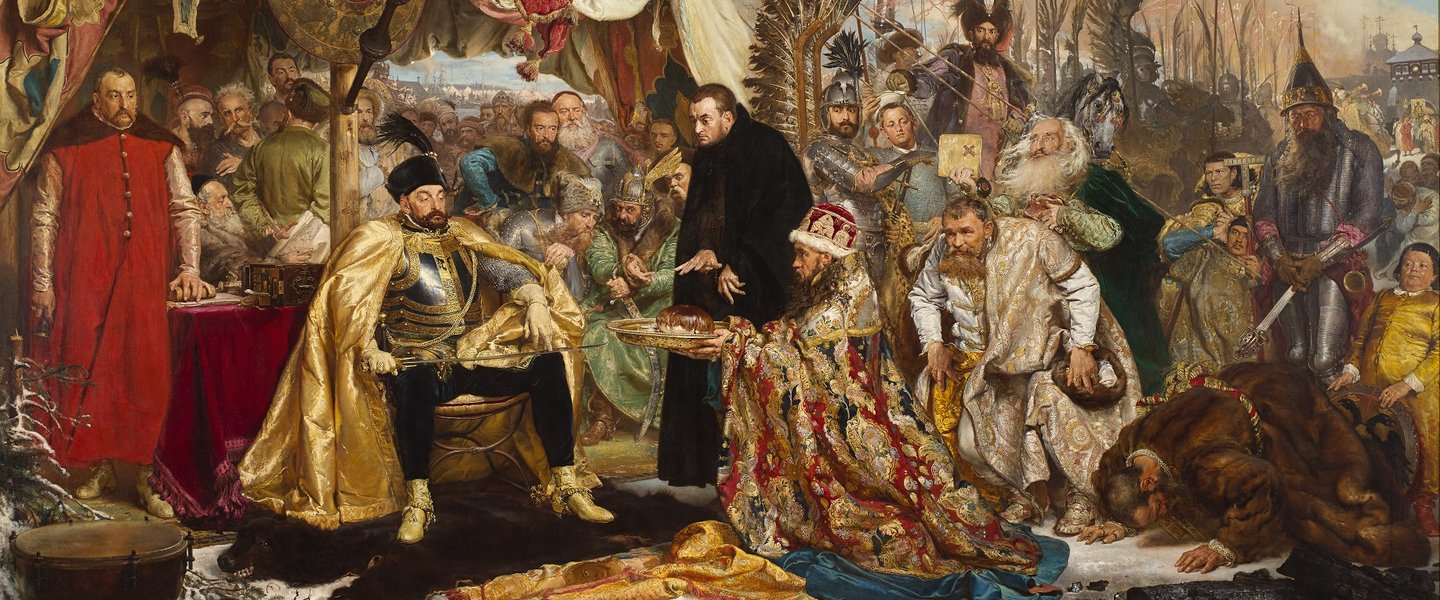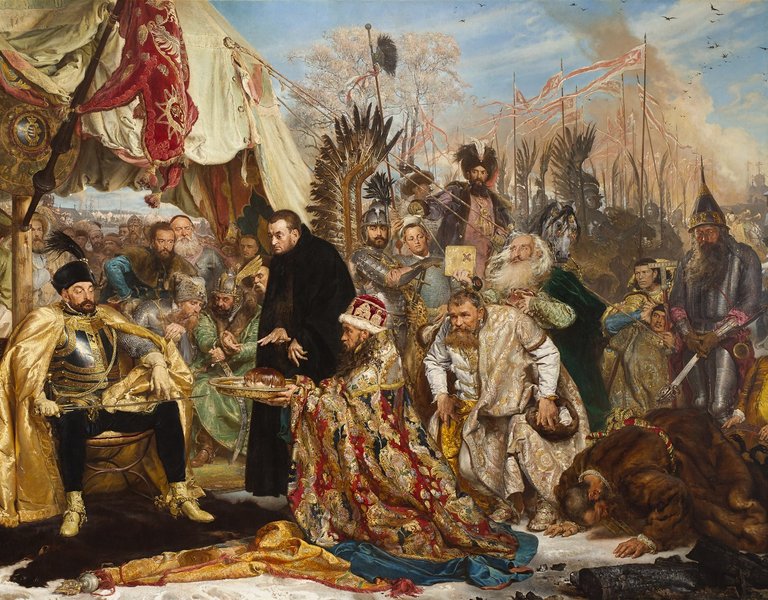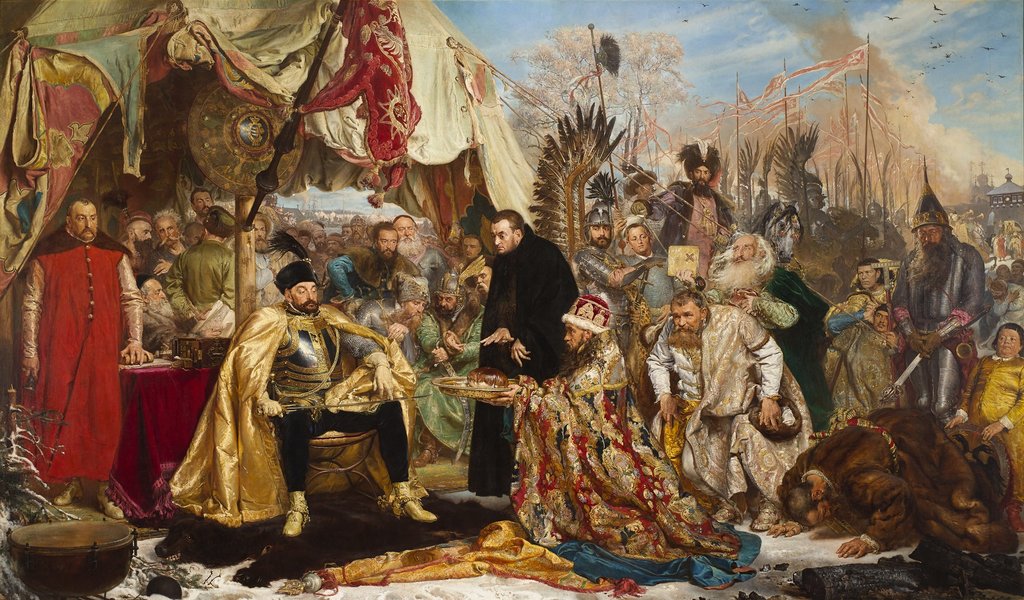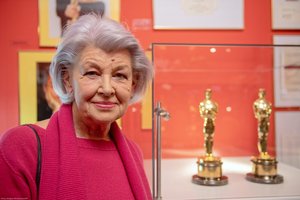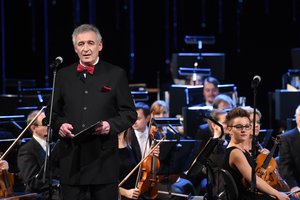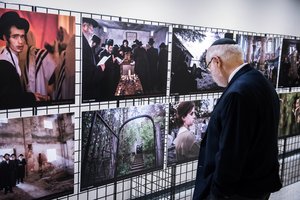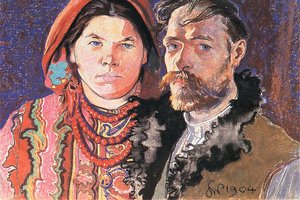Treasures from country of Chopin and Copernicus in Asia
After a huge success of the exhibition Treasures from Chopin’s Country at the National Museum of China in Beijing, it has reopened in a new form in South Korea as "Polish Art: An Enduring Spirit". The display is on at the National Museum in Seoul until 30 August.
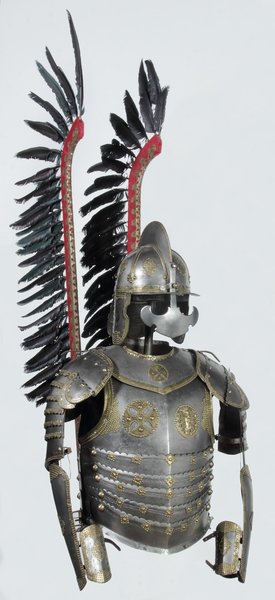
This is the first Polish exhibition at the National Museum in Korea. The featured 260 items include sculptures, paintings, weaponry and posters, with some real gems among them, for instance beautiful medieval Madonnas, hussar’s armour and wings, Jan Matejko’s Stefan Batory at Pskov, as well as exhibits directly linked with Frederic Chopin and Nicolaus Copernicus, among them a cast of Chopin’s hand, Jan Matejko’s Astronomer Copernicus, or Conversations with God, and copies of the scientist’s instruments. This is how the National Museum in Warsaw presents in Korea the history of Polish art from the medieval sculpture to 19th c. Polish painting masters to 20th c. art.
The works are emblematic of certain themes—medieval religious art, which served didactic purposes for Christianity; Sarmatian culture, which differed so much from what was in fashion in Europe at that time; and 19th century art, which served to uphold national consciousness in the period of oppression. The exhibition is accompanied by a series of lectures on Polish history and culture, including film and design.
The Korean exhibition is a new version of Treasures from Chopin’s Country, probably the biggest ever display of Polish art abroad that was open until 10 May in China. And one of the most thematically varied, because it is difficult in Europe to come across an exhibition featuring paintings by Jacek Malczewski side by side with medieval vestments and Sarmatian wings with black stork feathers.
The exhibition was prepared by the National Museum in Warsaw, the National Museum of Korea in Seoul and Culture.pl, the flagship brand of the Adam Mickiewicz Institute, in cooperation with the National Museums in Krakow and Poznan.
Success in Beijing
Treasures from Chopin’s Country was hosted at China’s most prestigious cultural institution, located just next to Tiananmen Square. “We’ve been provided 1,800 sq metres, which is a space unavailable to any of the Polish museums,” Iwona Danielewicz, the curator of the collections of Polish art at the National Museum in Warsaw and one of the exhibition’s curators, told Polska.pl.
In the huge space, the authors of the exhibition designed by the well-known art historian Professor Maria Poprzęcka grouped the works in chronological order—from the 15th to 20th centuries. Paintings, sculptures and posters were meant to tell the history of Poland. “Thanks to working together with sinologists, Agnieszka Walulik and Marcin Jacoby of the Polish Institute in China, we knew the Chinese would normally barely know European culture, let alone Polish one. That was why we decided to present it to them in the most accessible way. Starting from the late Middle Ages, with their altars and figures of saints, we move on to the portraits that show the magnificence of Old Polish culture. We have also devoted considerable space to Sarmatian art,” explains Ms Danielewicz. The Chinese public saw Sarmatian ideas come to life in portraiture of Polish nobility, coffin portraits, suits of knight’s armour, saddles, costumes, goblets, tankards and hussar’s wings.
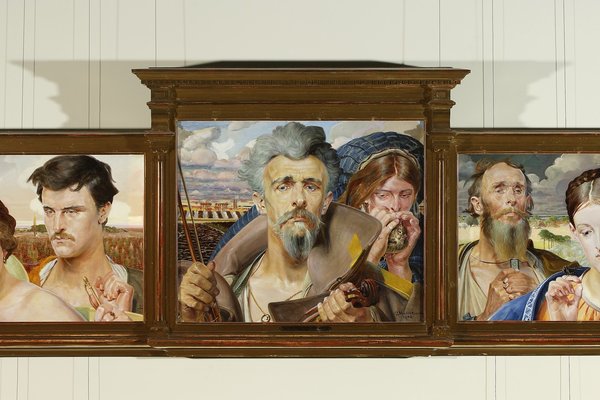 As well as that, the exhibition featured 20th century art. The turn of the century was represented by, among others, the sculptures of Xawery Dunikowski and Katarzyna Kobro, and the decorative folklore of Zofia Stryjeńska. The viewers also found featured the painting of the 1940s and 1950s, such as Two Married Women by Andrzej Wróblewski and Korean Mother by Wojciech Fangor. Treasures from Chopin’s Country had a separate section dedicated to Frederic Chopin, who is the most recognisable Pole in the Middle Kingdom, and to Warsaw, a city he lived in.
As well as that, the exhibition featured 20th century art. The turn of the century was represented by, among others, the sculptures of Xawery Dunikowski and Katarzyna Kobro, and the decorative folklore of Zofia Stryjeńska. The viewers also found featured the painting of the 1940s and 1950s, such as Two Married Women by Andrzej Wróblewski and Korean Mother by Wojciech Fangor. Treasures from Chopin’s Country had a separate section dedicated to Frederic Chopin, who is the most recognisable Pole in the Middle Kingdom, and to Warsaw, a city he lived in.
The audience most of all included people interested in European art and equipped with fundamental knowledge about it. However, the knowledge of a large chunk of the Chinese public does not extend beyond the 1950s and 1960s, which was the time of a thriving economic and cultural exchange between the two countries, hence the surprising familiarity of the Chinese with the Polish School of Posters.
KAROLINA KOWALSKA, AN
17.06.2015
